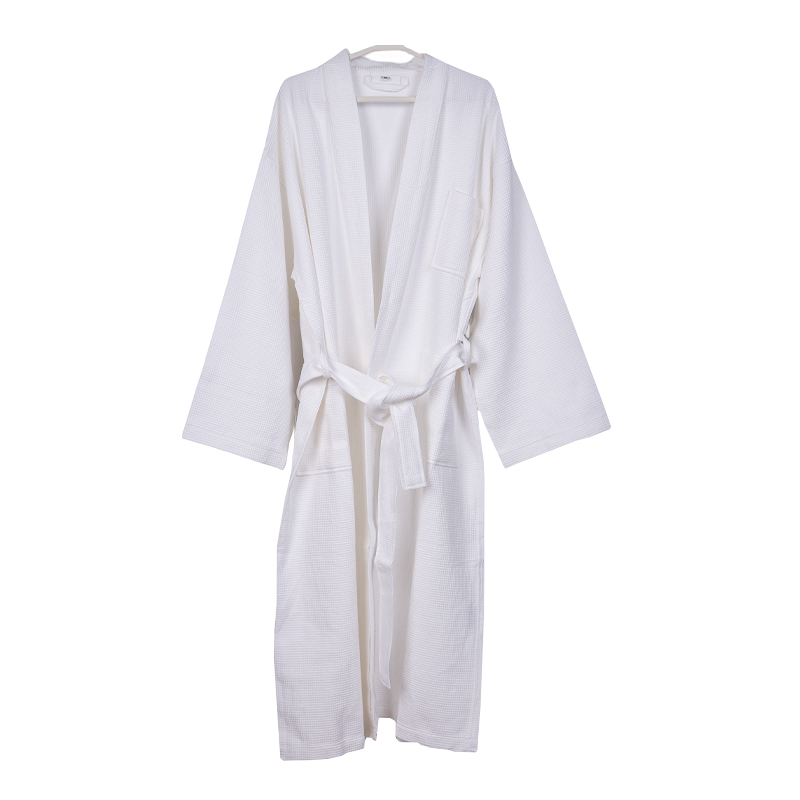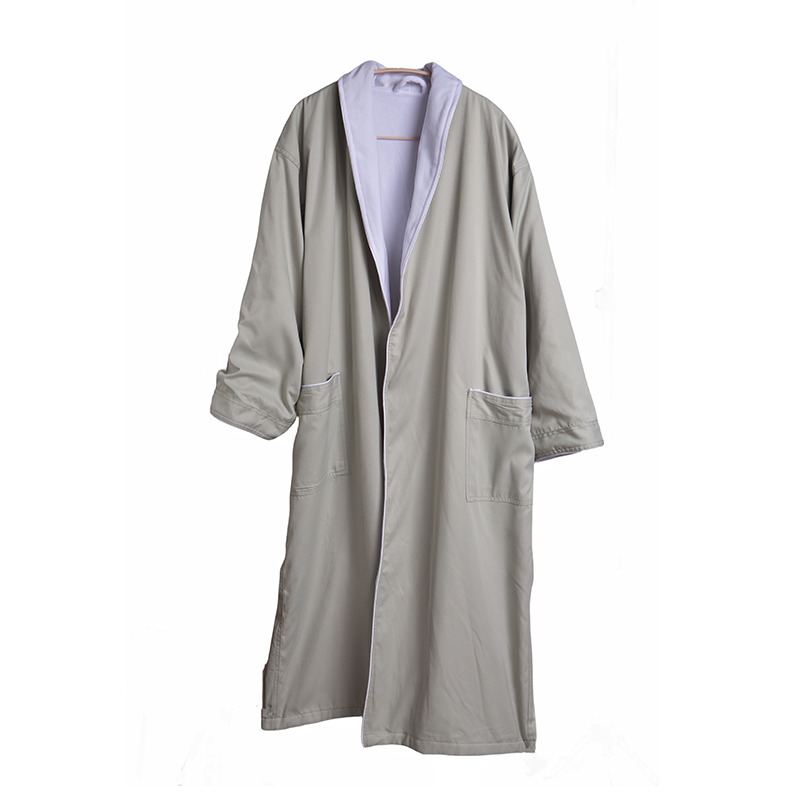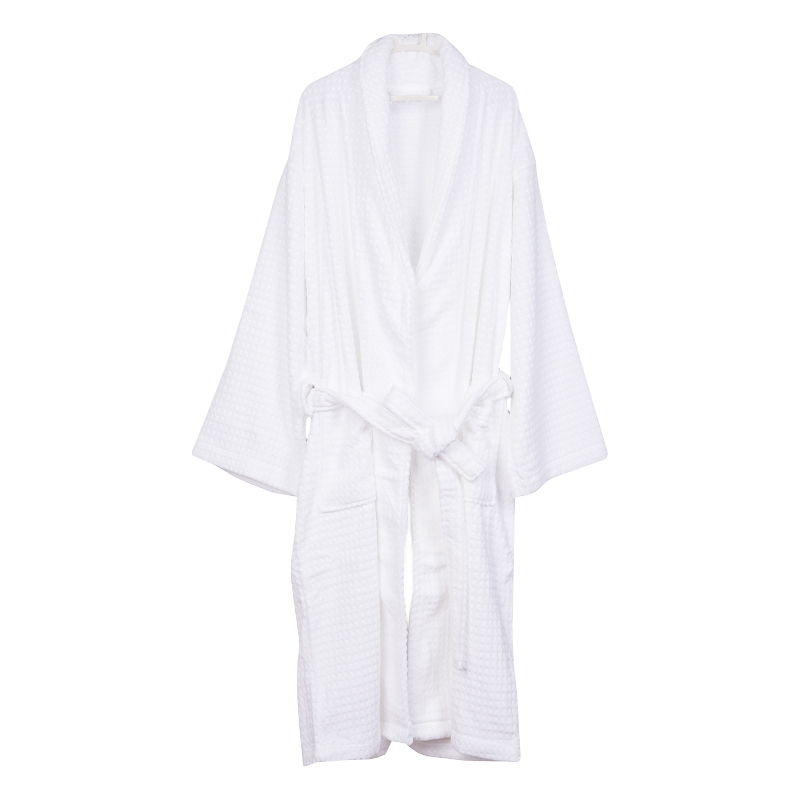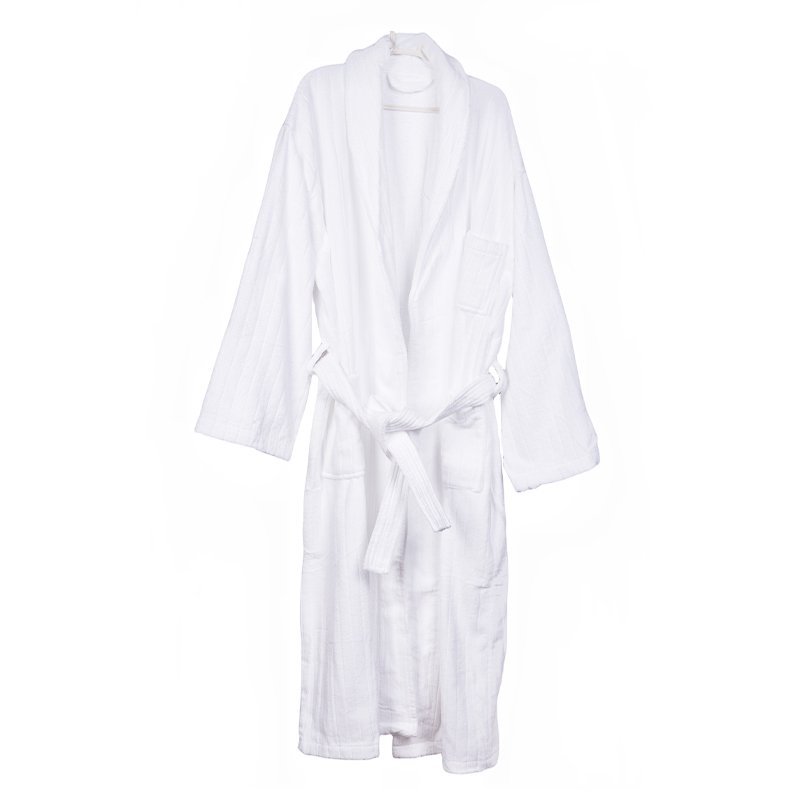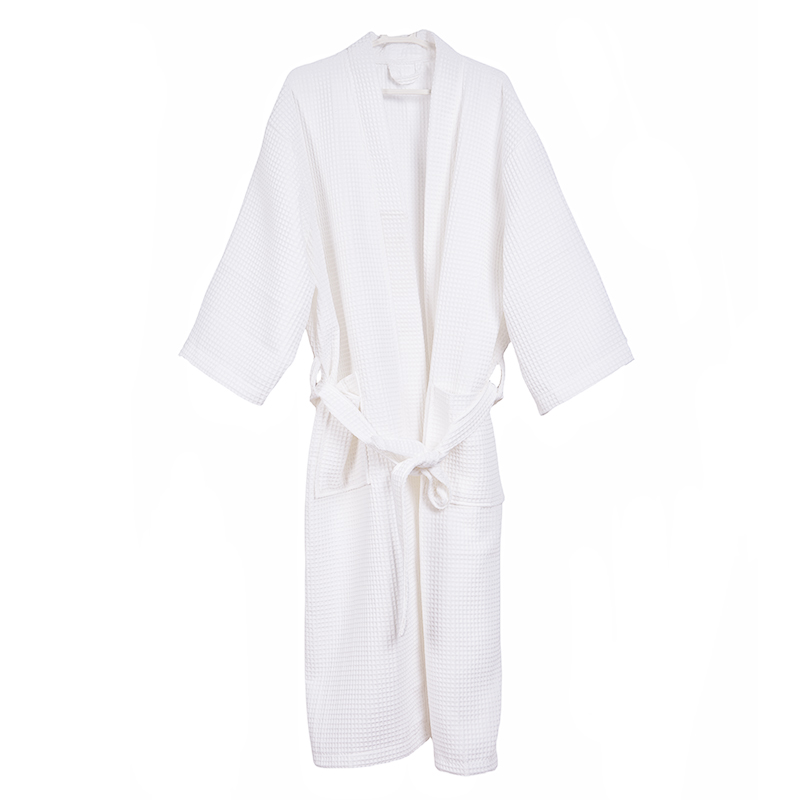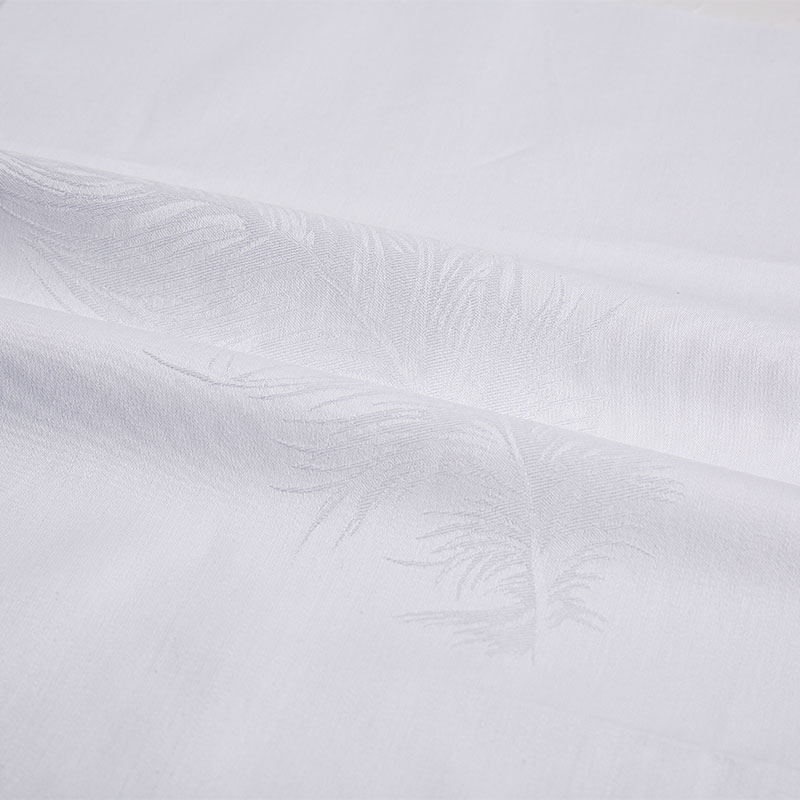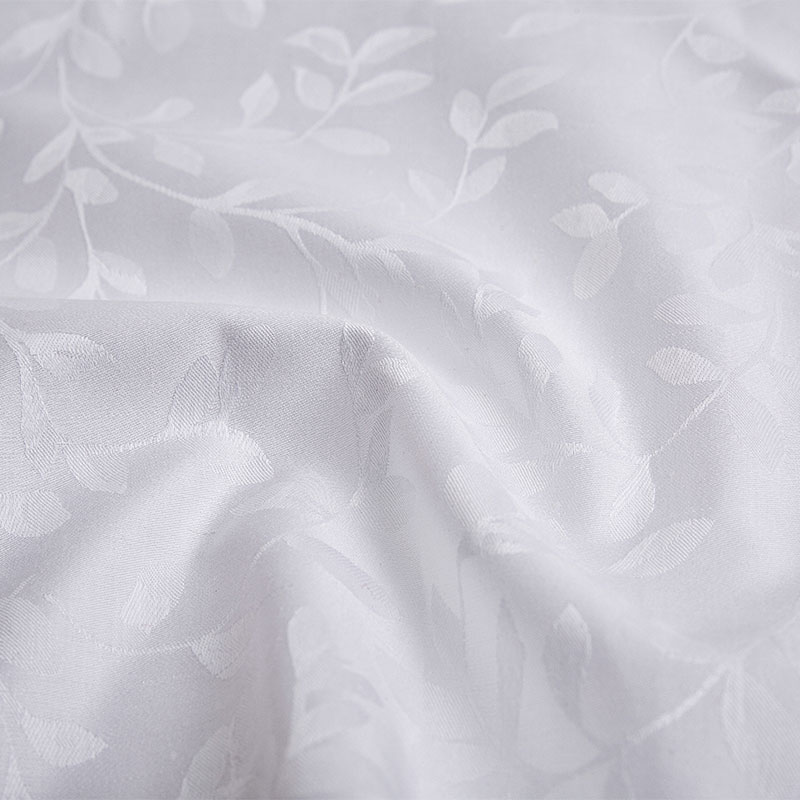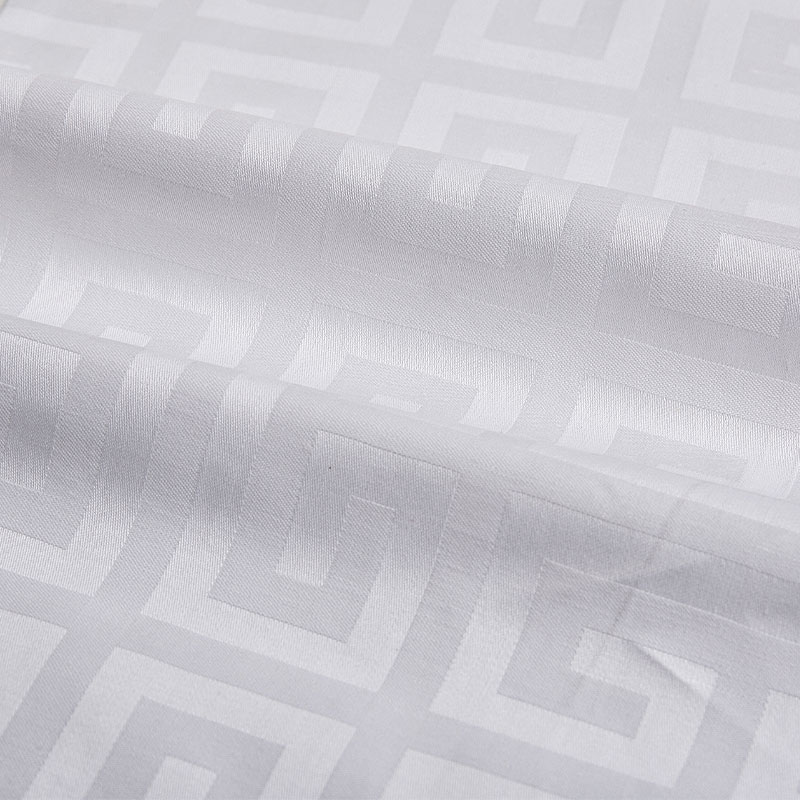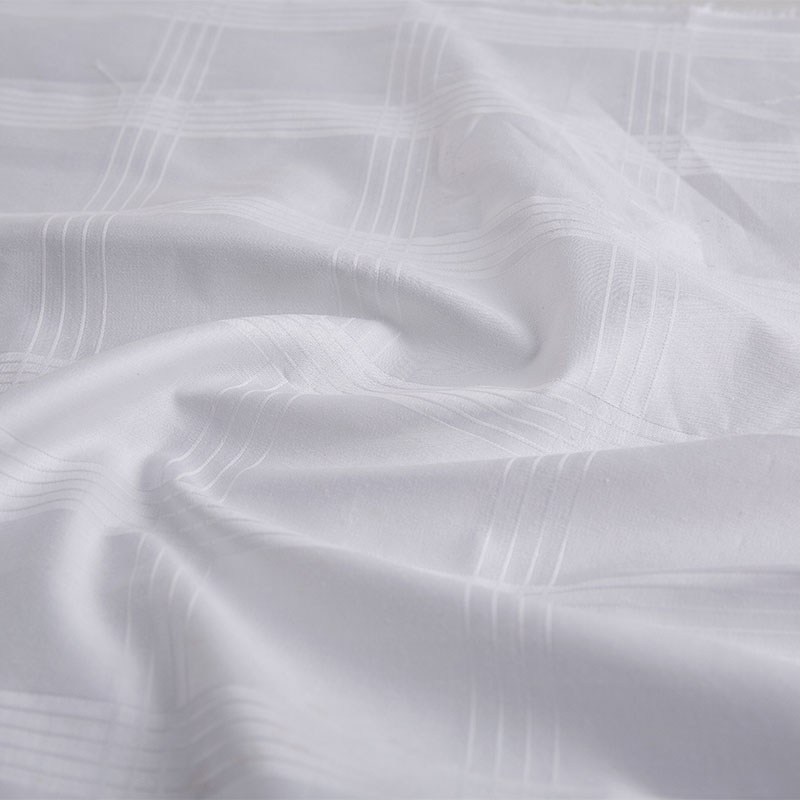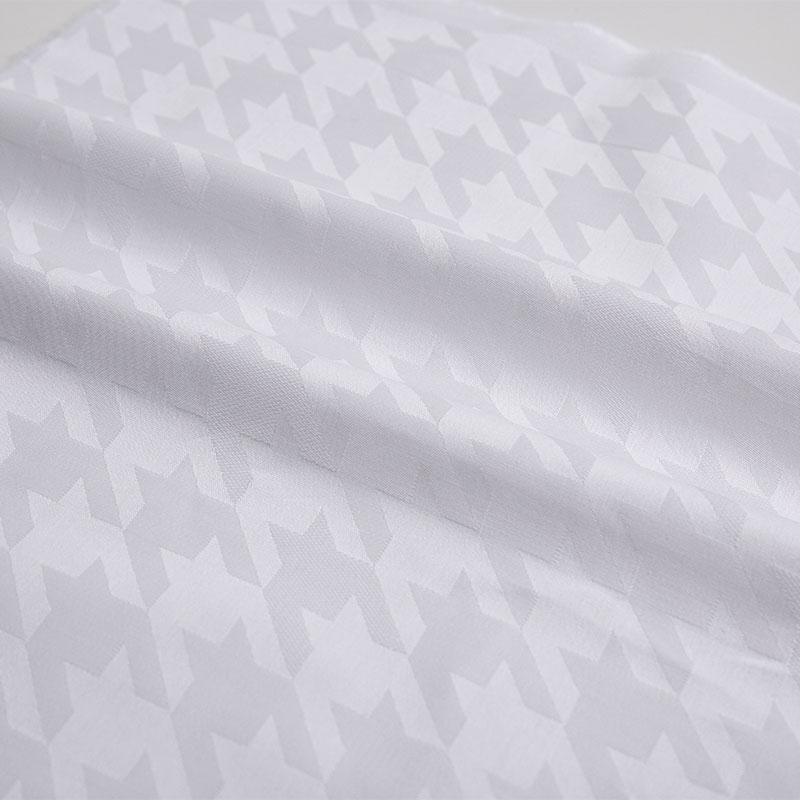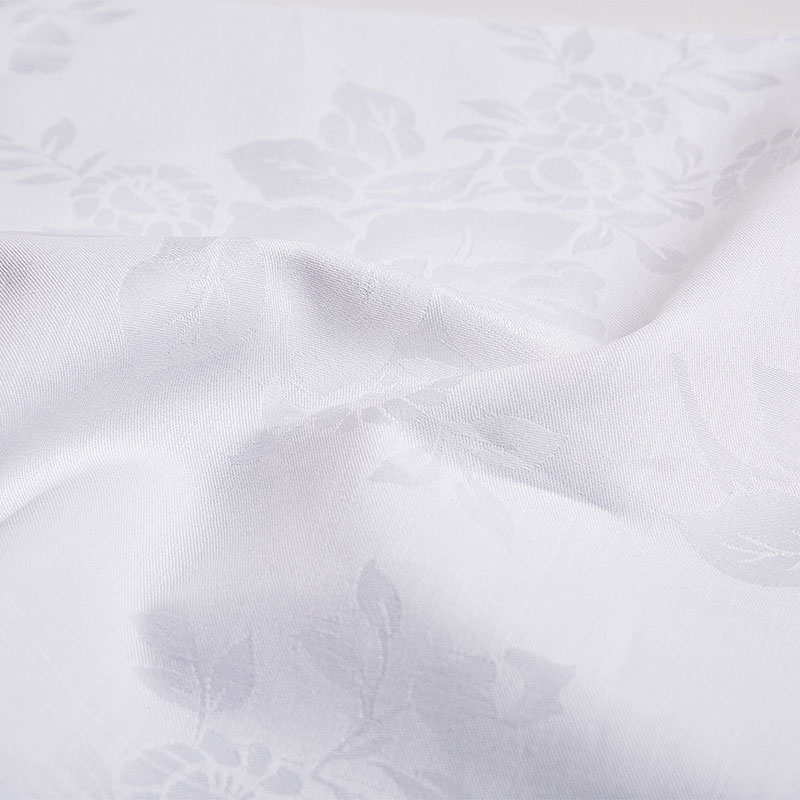1. Daily Basic Maintenance (Simple Procedures After Daily Use)
This is the first line of defense for maintaining pillow fluffiness. It's the lowest cost and provides immediate results.
Shake and Pat Daily:
Upon waking each day, hold your pillow upright, hold both ends with both hands, and shake vigorously to redistribute the filling (down, feathers, or synthetic fibers) and restore its airiness.
Then, gently but firmly pat each part of the pillow with your palms. This will loosen any clumping and shake out moisture and dust.
Ventilation is Key:
Don't make your bed or tuck your pillow under the quilt immediately. Lay your pillow flat or upright in a well-ventilated area (such as by a window or on a chair) for 15-30 minutes to allow moisture and body heat generated during sleep to dissipate. This is standard procedure for hotel housekeepers.
Avoid "Pillow Pressure":
Don't place a heavy quilt or blanket on your pillow constantly. Prolonged pressure can compact the filling.
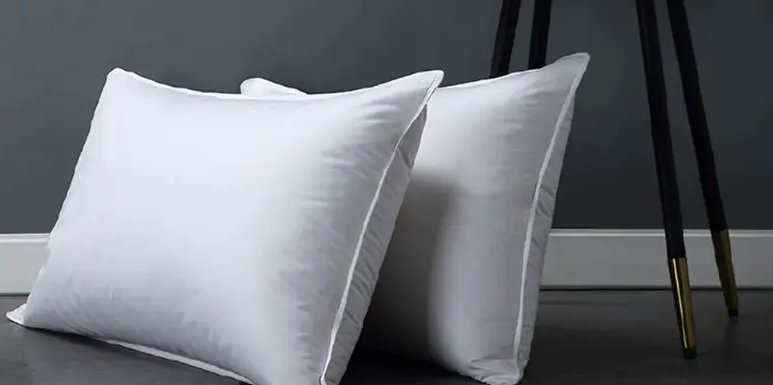
2. Regular Cleaning and Care
This is the most critical step in determining the lifespan and condition of your pillow. Follow the washing instructions:
Down/Feather Pillows: Can be washed, but use a mild detergent (avoid detergent or bleach), preferably one specifically formulated for down. Use the delicate, wool, or heavy cycle on your washing machine, and wash in cold or warm water. Rinse thoroughly; any residual detergent can damage the down and cause clumping.
Synthetic Fiber (Polyester) Pillows: Most are washable and relatively easy to care for. Use the gentle cycle and a medium-low spin speed.
Memory Foam/Latex Pillows: Never wash or soak in water! This will damage the structure. Clean only by wiping the surface and drying in a well-ventilated area.
Drying - The Key to Fluffiness:
After washing, drying is the most important step in restoring the fluff of your pillow. Airing it out in the dryer will not allow the filling to dry completely, making it more susceptible to mold and clumps.
Dryer: Add 2-3 clean tennis balls or wool dryer balls. The tumble and slap of the pillow inside the drum effectively loosens clumping of filling, far surpassing simple drying.
Choose a low temperature: Use low heat or the Air Fluff setting. High temperatures can damage the fiber structure of down and synthetic fibers.
Be patient in drying: Drying a pillow takes a long time (perhaps 1-3 hours). Make sure it's completely dry, as moisture inside can breed mold. Pause during the drying process to manually turn the pillow over, fluff it, and check for damp corners.
Scientific Drying Guidelines:
If drying is necessary, avoid prolonged exposure to direct sunlight, especially for down pillows and memory foam, as ultraviolet rays can brittle and degrade the fibers. Opt for a short period of indirect sunlight (1-2 hours) in a well-ventilated area to sterilize and remove odors.
3. Professional "Revitalization" Techniques and When to Replace
"Oven" Revitalization Method (for Washable Pillows):
Even if not washed, pillows will become flat over time due to moisture absorption. Every few months, place your pillow in the dryer with tennis balls, no detergent, and dry it on a cool or low setting for 15-20 minutes. This effectively removes moisture, dust, and odors, leaving it looking like new. This is a well-kept secret of many high-end hotels.
Identifying Signs of Replacement:
No matter how carefully you care for your pillow, it has a lifespan. It's time to replace it if:
Irrecoverably flat: No matter how much you tumble dry it, the pillow won't inflate again, and it won't spring back when folded in half.
Noticeable clumping: The filling has hardened into a hard, unbreakable mass.
Signs of Allergies: Respiratory irritation or an allergic reaction after use may indicate an accumulation of mites or mold.
Generally, down pillows have a lifespan of approximately 5-7 years, while synthetic pillows have a lifespan of approximately 1-2 years, but this also depends on usage and care.

 EN
EN English
English русский
русский Español
Español عربى
عربى
 Online Message
Online Message


